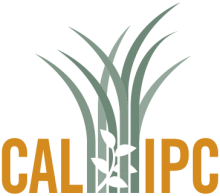Climate Matching Map
| Attachment | Size |
|---|---|
| climatematch-cutandia_memphitica-california-20240929.pdf (1.11 MB) | 1.11 MB |
1. Question 1
2. Question 2
3. Question 3
4. Question 4
5. Question 5
Cutandia is in the subtribe of Parapholiinae, which it shares with other genera that have been introduced or become invasive in California and other regions that share a similar climate. Parapholis incurva is found to be invasive in the USA and Australia, Parapholis strigosus is introduced in California and Australia, however these taxon are not closely related to Cutandia to consider answering this question "Yes".
6. Question 6
Although the Climate Match Tool does not represent the actual home range of the species, of which has been vastly under-documented in the occurrence data and more evidence could show that the climates have more in common, I am answering this question 'No'. With more accurate representation we could find >50% of the species' range does match California's climate (Omar & Bartolome, 1994; Faraj et al., 2024; Mohamed et al., 1991; Omar, 1991).
7. Question 7
8. Question 8
I think that there could be a case for this species to promote or alter fire regimes, however due to lack of evidence and insufficient background I cannot reasonably answer "yes" here. More data and research is needed here.







